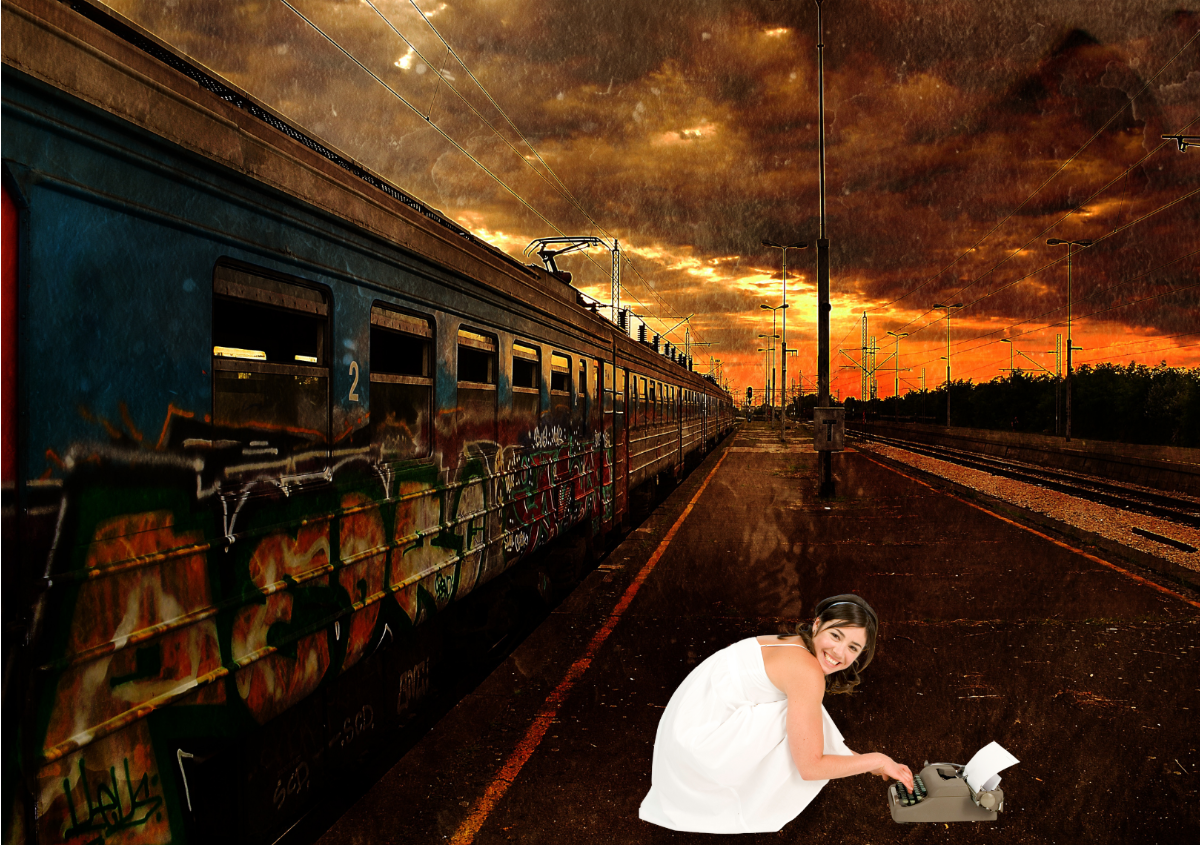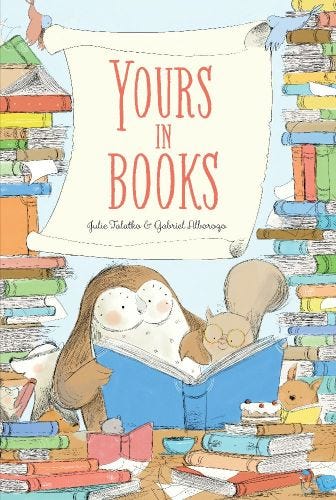How I Wrote 7 Picture Books in 7 Weeks
I was interviewed for the incredible writer-process podcast Story of a Book by my friends Lindsay Eagar and Hayley Chewins. My episode is the season finale, and we talked (for an hour and 43 minutes!) about revision, drafting, rejection, art notes, working with illustrators (and how incredible illustrators are), professionalism, knowing what you can control, shaking up our writing routines, setting the bar high (and also setting it low), and writing for the sake of writing.
We recorded the interview back in August, and one of the things I talked about was trying to get my creative routine back on track after being home with everyone during the pandemic. I had lost my daydreaming time and my time to play around with words, and I was putting a lot of pressure on any writing I was doing. The pandemic shifted my routine (and all of ours!) in a big way, and now I knew I had to intentionally make a big shift to get my creative routine back.
One way I decided to shift my routine was to be more aggressive about going after picture book ideas. I am generally someone who finds writing prompts loathsome. They tend to shut me down rather than inspire me. But I figured out a way to back my way into a prompt. Inspired by the new George Saunders book, I started reading short stories and analyzing them, and then taking that a step further. I would ask not only "why is this good? what do I like about it? what don't I?" but also: "what would this be if it was a picture book?"
When I talked to Lindsay and Hayley, I had just started doing this, and I hoped to keep it up. I'm here to tell you that I did keep it up, and because of it I've written seven picture books in the past seven weeks or so, which is twice as many as I wrote from March 2020 to August 2021.
The main goal for me is always to make something good enough to become a book, but my goal with the short story experiment is just to write words. I don't care if it turns out any good at all. I only try to play, to have fun, to make myself laugh. I freely make characters curse and yell at each other if that's what they want to do. I let a story be wandering and pointless. I let a story shift midstream. One of the stories I wrote was barely anything at all, just little poetic visions. Why not.
Sometimes I read and analyze a story from the New Yorker (which my mom passes on to us), and I also read the delightful, weird, badass, feminist, hilarious, terrifying, collection Salt Slow by Julia Armfield. After I read the story I ask, "What did I like about this? What story elements could I use? What would happen if I made characters that reacted to each other the way the characters react in this story?"
Like, in the first story in Salt Slow, "Mantis," a girl is going through puberty. We know she takes after her grandmother, and at first it seems like a story about the transformation of puberty that we all go through, but soon enough it becomes clear that something more is happening. Her skin is peeling off. Her fingers are getting longer, her hair and teeth are falling out. It's sly, hilarious, riveting, and scary. So my thoughts after reading it were about change, and transformation, and "what if a character in a book became a different species, all of a sudden?" That's something for a picture book for sure. What if a girl woke up and she was an octopus? "Just like grandma!" There are a hundred different ways it could go.
(After reading the story "Formerly Feral" about a girl whose dad marries a woman who has a wolf as a daughter, I didn't write anything, because it's already been done as Wolfie the Bunny.)
You wouldn't know any of my picture book drafts were riffing on the short stories. They take one tiny element and zag in a different direction.
I found that once I started doing this, my mind would naturally go to a "what can I do with this?" place no matter what I was reading. A novel, an article, a movie -- there might be one structural element that sang to me, and led me to play with the formats and conversations and character reactions to see how I could bend them and make them my own.
I don't really even remember what it was like in the dreamy time of idea-gathering that was 2019 and earlier. I know I didn't have to go after ideas quite as vigorously as I do now. And even now the process is far from relaxed and dreamy. This week my 11-year-old is at home doing virtual school because there are so many COVID cases in her grade. So maybe my next task is to figure out how to court relaxation while writing, because I am not there. But for now, this short story project is working, because I'm writing playfully again. Finally.
Yours in Books got another starred review, this one from PW, which says it's a "warmly cheerful homage to how books can kindle bonds, open minds, and unite community." Check it out here.
Thoughts and Links
Thanks to Heidi Fiedler for linking to this article about the age-old conundrum of balancing motherhood and art, which led me to the concept of An Artist's Residency in Motherhood. I would have loved to have done this when my kids were younger (although it seems more geared toward visual artists than writers). I especially love "63 Objects Taken from My Son's Mouth."
I love Mason Currey's newsletter, about creative processes (continuing the theme of his Daily Rituals books), and keep thinking about his recent one about poet Mary Ruefle, who does not own a computer, because she likes the way writing longhand is like drawing -- she likes it so much that sometimes she keeps moving her pen across the page, doing what she calls "fake handwriting," to keep the feeling of the wrist and hand moving.
I got Jenny Rosenstrach's new cookbook The Weekday Vegetarians and so far everything I've made from it has been a huge hit. I tend to fall into dinner ruts, and this has been pulling me out. I've made two of the grain bowls, and the tofu and green beans with teriyaki sauce, all easy and delicious.
I'm not usually someone who binges things, but I did binge the first eight episodes of the podcast Once Upon a Time in Bennington, which is about how Donna Tartt, Bret Easton Ellis, and Jonathan Lethem were all classmates at Bennington College together in the early 80s. It's completely riveting, and speaks directly to my Gen X literary heart. I love it.
This article about how plants can maybe see and their leaves are their eyes completely blew my mind, and now I feel like my houseplants are watching me, and maybe judging.





